SEARCH
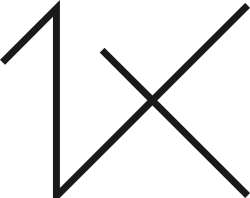

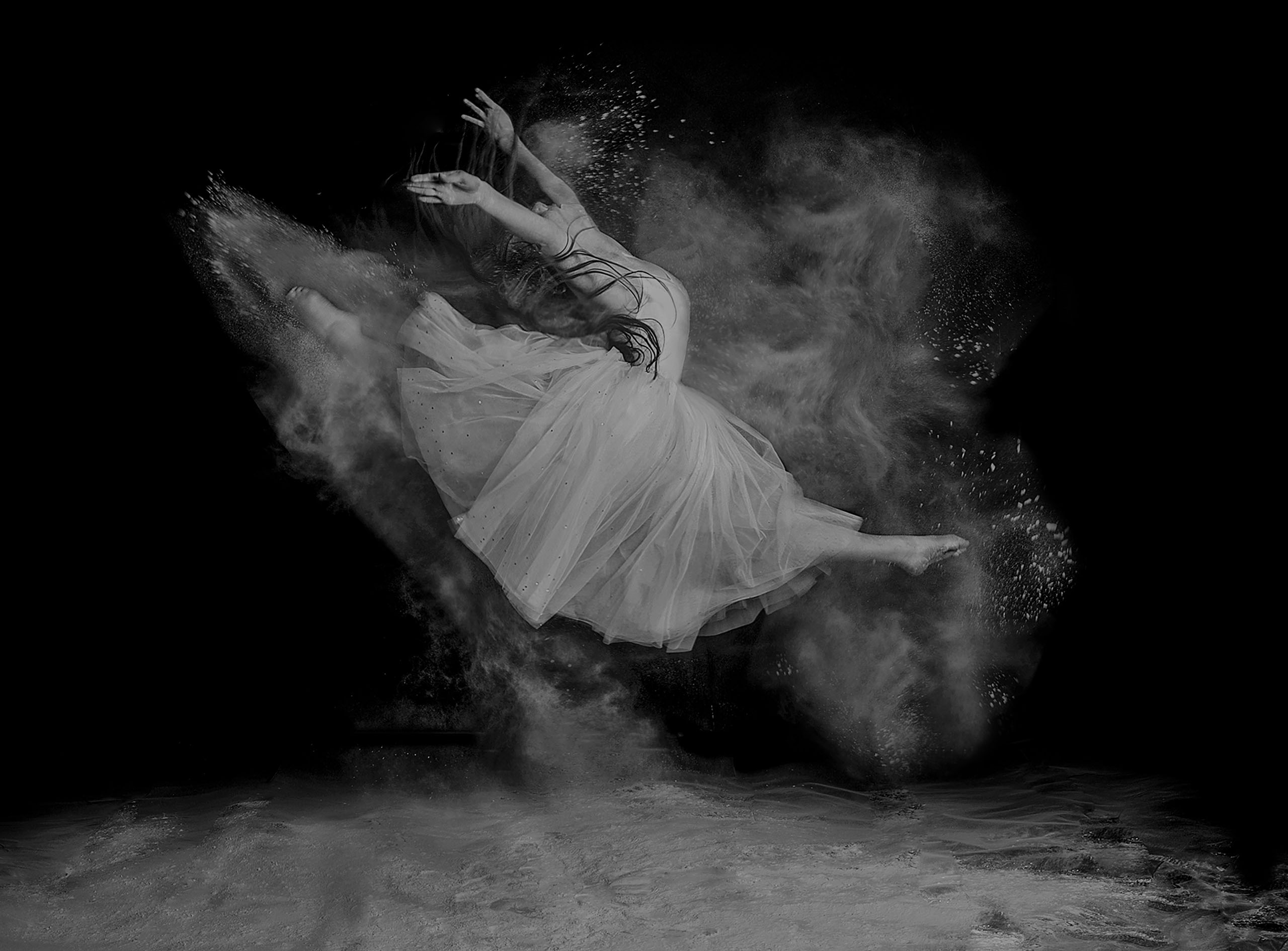
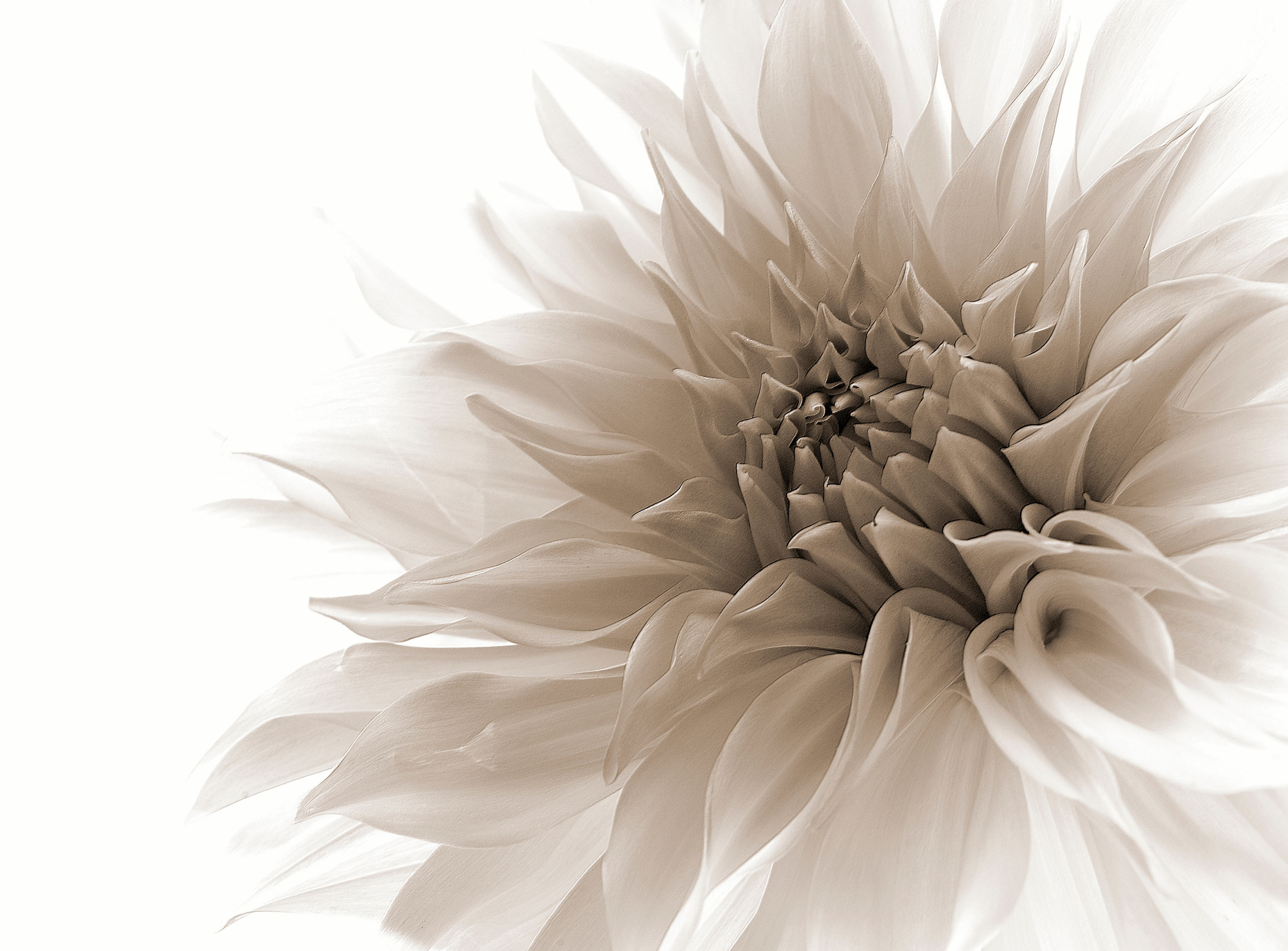
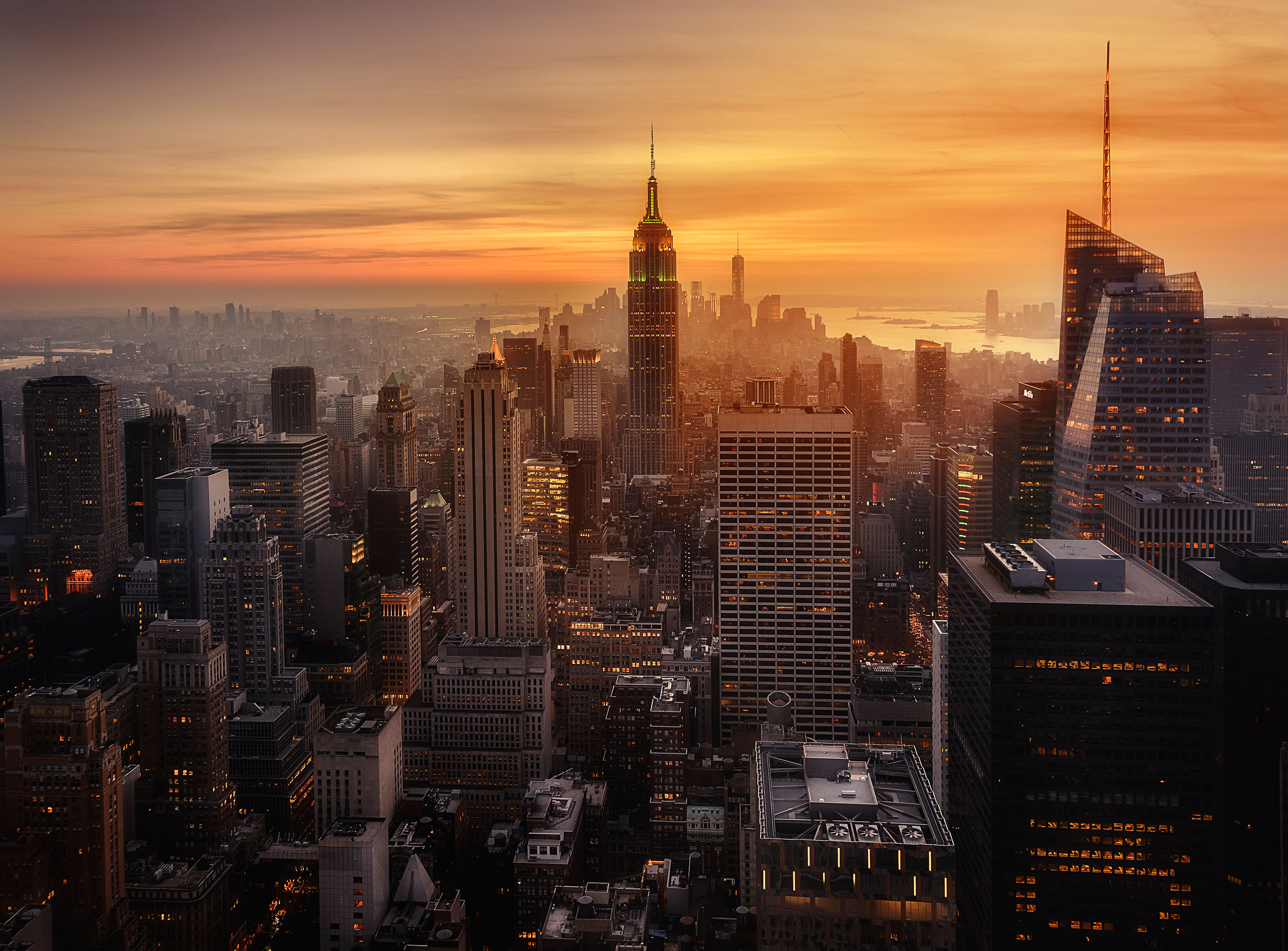
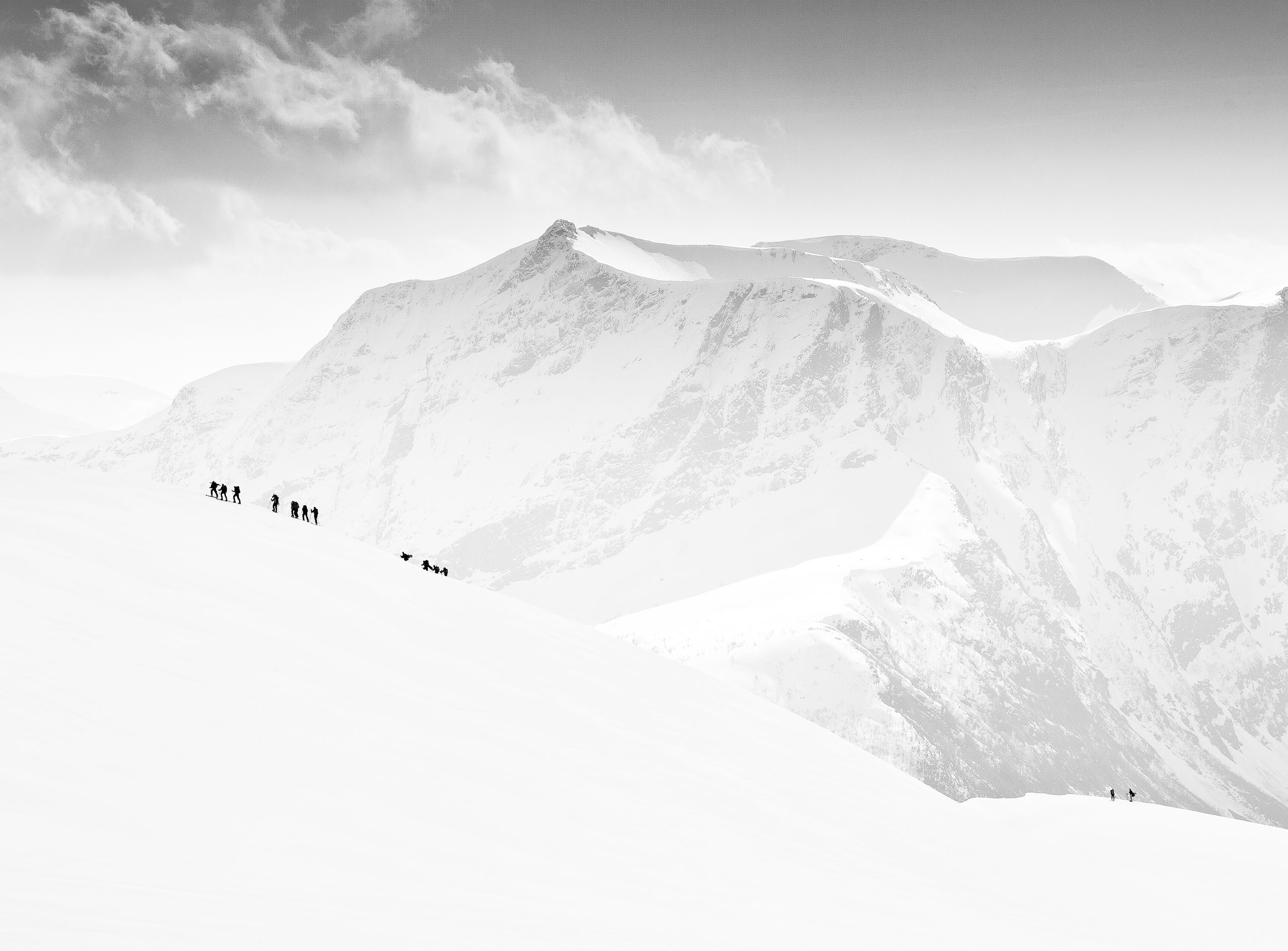
|
|
|
|


by Yvette Depaepe
Published the 18th of July 2022
Maurice Ogier captures his subjects and surroundings in a way they do not look the same as in real life. But that is his own world as a photographer. To him, photography means a way of life. He deeply focuses on his subjects. He often comes home, looking at his images and realizing that there is not a single shot standing out. But he doesn't care too much and thinks of the time he spend outside, walking and looking for that perfect shot, which will come anyway. Maurice is persistant in his passion. Through this interview he reveals something more about the artist behind his images. Enjoy!!!
'Parking lot Amsterdam RAI'
To begin, please introduce yourself shortly and tell us more about you, your hobbies or other projects you are involved in, dear Maurice!
My name is Maurice Ogier, it sounds French and it is. Unfortunately, I don’t speak a word of French. I’m 53 years old, married and have one son of 20. I was born and raised in Den Haag and I still live there. Don’t think I could or would live somewhere else. I work for an international IT company for 11 years now, and always worked in the IT sector.
Photography always has been something intriguing to me, not sure when that started. I never had a camera before the digital era. I bought myself a Fujifilm and shot anything I could see, being mesmerised by the images I downloaded on the computer. During that time, I worked for a company that only provided a yearly bonus to everyone and, as we were becoming quite successful, we all went on a weekend trip. Traveling to Marrakech , of course everyone took a camera. So, we ended up with hundreds of images but they were all the same. There was only one person having very interesting images which were standing out. They were telling a story and were very detailed, absolutely amazing. But I also realized I didn’t have the patience to spend more time to it.
In 2013, I became very ill, was hospitalized and now I am someone with a heart decease. Before that, I spend most of my time working, even in weekends. This all suddenly stopped and I couldn’t do much any more. I realized that I didn’t have any hobbies or interests. My wife told me to buy a camera and just go out, go to beach or wherever. So, I bought myself a Sony A58 with an additional zoom lens. That was quite a turning point for me. I really enjoyed walking along the beach or to the city centre, taking all kind of images. If you take a glance at my portfolio, you know what I’m talking about. I also began spending more time on how to use my camera like different settings, various compositions and I started looking for different locations. I was absolutely hooked. Attended different workshops like street photography, landscape, architecture and Lightroom. I saw my images improving, becoming better, sharper, more colourful. During that time, I was not so much into YouTube or specific websites. Of course, I didn't know how much information you can absorb from these platforms.
'Zandmotor'
For many of us photography is either a hobby or a way of life. How would you define your relationship with photography?
It has become a way of life, can’t imagine not going out any more for photography. It's like not thinking about time or work, being deeply focused on the objective to get that perfect shot and post process it afterwards. Yes, I often came home, looking at my images and realizing there was not a single shot standing out. But I never did care about that too much. Instead, I immediately was thinking about the time I spend outside, walking and looking for that perfect shot, which will come anyway. Yes, you can say I’m passionate about photography!
'Zandmotor II'
What would be the most important experience so far that has influenced your steps in photography?
There has been a positive experience couple years ago. I don’t know how or when exactly but I saw an image that was taken by Joel Tjintjelaar. It was an image of a well-known bridge in Rotterdam. One thing I do know, I stared at that image for minutes. I couldn’t believe what I was looking at. I’m not a religious person but I must have seen the light at that moment! This was it, this is the kind of photography I wanted to do. This was not just architecture, it was fine art. Of course, when I searched for more of these images in that category, I opened Pandora’s box. I never knew there was a whole world around this type of photography. That was the turning point, from that moment I spend all my free time on YouTube and different websites. The many images I saw were not only processed with Lightroom but also with Photoshop. So, I followed an online course around Photoshop. Unfortunately, halfway the course, most of the practices were around creating textures, billboards, or imaginary images, like whales in the clouds. That didn’t do it for me. I’m still looking for a course around Photoshop which is all and exclusively about photography. Most of the things I apply in my images are examples I saw on YouTube. I have a couple of subscriptions and some of them are great.
'Deloitte & AKD Towers'
How do you maintain and grow your passion for photography?
I’m still growing as a photographer. The better the image, the easier the post processing. It happens more and more now, that I have a vision in mind how the final image should look like. It happened a couple of times and I really love working on those images.
'High-rise'
Can you please describe in a few words your photographer philosophy?
Not sure if I have a specific philosophy but when I look at my own images or those from other photographers, I know these objects and surroundings do not look the same in real life. But it’s the world of the photographer, he/she has a vision how that object, sky, street, or building should look like. You either like or hate it. And that’s ok, it’s their truth, not mine or someone else.
'Provinciehuis Zuid-Holland'
Why are you so drawn by Architecture Photography?
That’s not the first time people ask me why I’m into the architecture photography. I’m not sure if I can give a solid answer to that question. Maybe this explains why: When you take an image of the beach, a sunset, forest, or a person, you can’t go too much beyond the truth, I think. It’s more around the mood you want to tell, not so much the technical story behind it. Also, I feel like most of the images are the same, same beach, same tree, same sunset. Yes, you can have different variations but it’s difficult, it’s more into the image and not so much on the post processing. With architecture you can stand out by the composition, the techniques, the different elements, lines, reflection, light, the colouring, the creation of an object. My intention is, when people look at an image from, for example, a building, I want to draw their attention. Maybe they pass by that building every day, going to work or school but now you present that building in a completely different way. And hopefully, the same people start thinking they never looked at that building like that before. If that happens, I’m proud. I can “build” my own world, architecture brings peace, I can only focus on the object and not so much on the surrounding. There are so many variations and aspects when shooting sunsets, trees or portraits. It seems to be more open for discussions.
'Ministries of Internal and Foreign Affairs'
What is more important to you, the mood/story behind your images or the technical perfection?
At this stage I want to improve the technical perfection of an image but also the composition. I don't say the mood is not important, the object still needs to stand out in the image. I still need to improve my photographic skills but also my post processing skills.
'De Bruggen'
What generally is your relationship to your subject matter beyond being an observer?
I’m not so much an observer as I’m more into the technical aspects of it. I have a friend and she’s shooting images more from an emotional point of view. She doesn’t seem to care at all about the technical side like aperture, ISO, focal length, shutter speed. She just put the camera in front of her eye and shoot. I really envy that kind of perspective. When I look at an object or building, I try to visualize what the result needs to be; composition, light, reflection, sky, surrounding. Not saying it succeeds in that order. Sometimes I just can’t seem to get it right. That’s my learning cure.
'Zalmhaventoren'
Do you prepare carefully the locations where you are intending to photograph?
Yes I do ! Usually I look at Google Maps in street view so I can see where I can take a picture from but also if the object or building is “free” in its surroundings. What I mean with this, a lot of interesting buildings are packed with trees and other objects. And I understand why. But from an photographer's point of view, you only want that building to stand out. Some of the images I’ve taken, needed heavy post processing because of docked ships, cars or trucks unloading. And these are the instances you’re not able to manage or control. Google Maps also tells me if I can walk around a building so I can decide right there and then, what the image should be ultimately. And, of course, I look at the weather forecast too. I don’t mind driving or walking to a location in the rain but when I start shooting, it needs to be dry, period. Another thing I do, is looking at the internet for images of that building and see what other photographers have done with it. And then I try composing it to create a unique image.
'Dienst Uitvoerend Onderwijs'
What gear do you use (camera, lenses, bag)?
I had the financial resources to buy a new camera a couple years ago, the Sony A7MII with a Sony FE 24-70mm F4 zoom lens and a Samyang AF 14mm F2.8 wide angle lens. So that’s in the bag. Recently I purchased a prime lens, the Sigma 24mm F2 DG DN. The reason why I bought that one is, I found out most of the images I take with the zoom lens were at 24mm anyway.
Of course, my carbon fibre Leofoto tripod, a box with 7 SD cards (you never know), 3 fully loaded batteries, ND and CP filters, a microfiber cloth. And to finish, a beany, bottle of water and gloves, because I always have cold hands, even in summer. The bag itself is my recently purchased black LowePro Protactic BP 350 AW II. My tripod is very easy to connect to this backpack, it doesn’t swing around and is easy to detach.
'Ter Heijde'
What software do you use to process your images?
When I started, I only used Lightroom and I really love the way Adobe keeps evolving this software. They keep adding new features and functionality to it and it’s becoming a very solid solution. In some cases, it works more intuitive compared to Photoshop. 2 years ago, I started to use Photoshop and, in the beginning, I had no clue how to use it. I heard a lot about selections and masking. So as mentioned, I started with a course and found out how much you can do and create with it. But the more I was into the fine art architecture, the more I heard about other additional software like Artisan. So, these are the three software tools I use.
'The Rotterdam'
Can you tell us something more about your workflow?
Not sure if it’s a workflow but the first thing I do is upload my images into Lightroom and remove all the settings to create clean images. The second step is just adding the camera profile to it. When that’s done, I go over all the images and add 2-3 stars to the ones I like. Sometimes I delete all the other ones just to save disk space. Second step is going deeper into the individual images and see if there’s one that match the vision I had in mind. Next step is removing all the stains from the lens and make it as clear as possible. Than, I imported the images into Photoshop and that’s where the magic happens. Creating selections are the most time consuming of course, either hard or luminance. The following phase is the most difficult one for me. As I am still learning the different tools and options in Photoshop, I also open YouTube and search for a specific action or “how to”. And then try to apply it to my image. I have to admit I often need to start over and over again because the result is not to my satisfaction. But I’m getting there, I think.
'Utrecht train station and district office'
What is your most important advice to a beginner in Architecture Photography and how do you get started?
I would take a step back to find out what kind of photography really makes you happy. Any kind of photography takes practice, you can never take too many images. And if architecture is your thing, just go all the way. Follow seminars and workshops, listen to other photographers, look at their images and see if you can connect to them. Be interested in their work. Ask questions, be curious. And yes, you need to go out as much as you can, even if it’s cold. You will not have success right away but if you put efforts in it, you will see your images improving. I also found a “buddy” so when I go to a location, I ask if that person wants to come along. For me, it works as we push each other to a higher level. Not only in taking the images but also in the post processing part.
'Zeelandbrug'
What would be your favourite photo from the last years? Please tell us the story behind it.
My favourite photo right now is the one I’ve taken in the beginning of this year. I was on the road with my buddy and we went to the financial district in Amsterdam. There are some very interesting buildings in that area. I think this was the second time we went there. It was on a Sunday so there was no traffic, no people and it was cloudy. We were walking through the streets, looking up to find the most interesting composition. At a certain moment we split off and I walked around two buildings that are connected by a glass façade. On the other side of the two buildings, I saw a wooden platform that was surrounded with water. So I carefully walked over, stood right in the middle of this façade, looked up and saw the light! I knew right there and then how the image should look like. I had it all in my head, the composition, the light, reflection, the colours. That never happened before. I was excited, couldn’t wait to go home and work on the image. I had to pull out everything I know about Photoshop and needed to take a step further. I even contacted a guy on YouTube from PTC to ask him some questions on how to do some items. Fortunately, he responded and I could finish the image (Crosstowers).
'Crosstowers'
Who are your favourite photographers or mentors whose works have influenced you and your photography?
When I first visited the 1x website and looked at the architectural images, I knew this is the Champions League of photography. I saw the images of Achim Korherr, Hanaa Turkistani, Gabrielle van den Elshout, Wael Onsy, Roland Weber, Holger Glaab, Ivan Ferrero and Greetje van Son. And these people are playing so well at this level, it’s mesmerizing.
'Mall of the Netherlands'
We almost reach the end of this interview and I would kindly ask you to share with us your future plans or photographic projects you would like to be involved in.
I have the ability to travel for my work, mostly Scandinavia and I always take my backpack, camera and some items with me. I usually stay one additional day just to go out, walk around the interesting buildings, which of course, I already have looked for on the internet. Copenhagen is my favourite so far. Our office is right in the middle of a recently build area, all the way south of the city centre. And the buildings are amazing.
'Rotterdam skyline'
Is there anything else you wish to add and what do you think about 1X as a home base for your work?
I see a lot of websites and some do not seem to have any threshold on the quality. So I would say, I hope 1x will stay as the Champions League of photography, it’s inspiring and motivates me to keep improving.
 | Write |
 | Izabella Végh PRO E un articolo veramente molto interessante, con bellissime fotografie. Congratulazione. |
 | Patrick Compagnucci PRO Excellent article and images. Thanks for sharing your insights! |
 | Wanghan Li PRO Excellent "questions and answers" visit. Learned something from it. Appreciate it very much. |
 | Gabrielle van den Elshout PRO Een prachtig en bijzonder interview Maurice! Fascinerend hoe je de lat voor jezelf steeds een stukje hoger legt en ik ben erg blij dat ik er deelgenoot van mag zijn! Gefeliciteerd! |
 | Leah Xu PRO Good story, good pictures. Congrats! |
 | Stephan Rückert PRO I read your interview with great interest and can confirm many of your thoughts and findings. Your pictures are of fascinating clarity and luminosity. |
 | Francisco Goncalves PRO A story well told. I wish you can overcome your heart condition and enjoy a full, happy and long life. I really enjoy seeing your images, your attention to detail and post-processing skill is outstanding. Be well. |
 | Yanyan Gong PRO I have enjoyed reading this magazine, it is very inspiring! Congratulations Maurice and thank you Yvette! |
 | Yvette Depaepe CREW Thanks for your appreciation, Yanyan ! |
 | Ketil Born Amazing pictures! Maurice. And nice and well written article Yvette. |
 | Yvette Depaepe CREW Thank you Ketil ;-) |
 | Yvette Depaepe CREW Congratulations on the feature of Photographer of the week and on your excellent images, Marcel! Cheers, Yvette |
 | Yvette Depaepe CREW Sorry, Maurice ;-) |
 | Francesca Ferrari PRO Complimenti caro Marcel, un bellissimo articolo e una meravigliosa galleria. La vita ci riserva sorprese, da una grave malattia alla luce. Cara Yvette, sempre grazie per la presentazione di fotografi in 1x |
 | Yvette Depaepe CREW Thank you, dear Francesca ;-) |